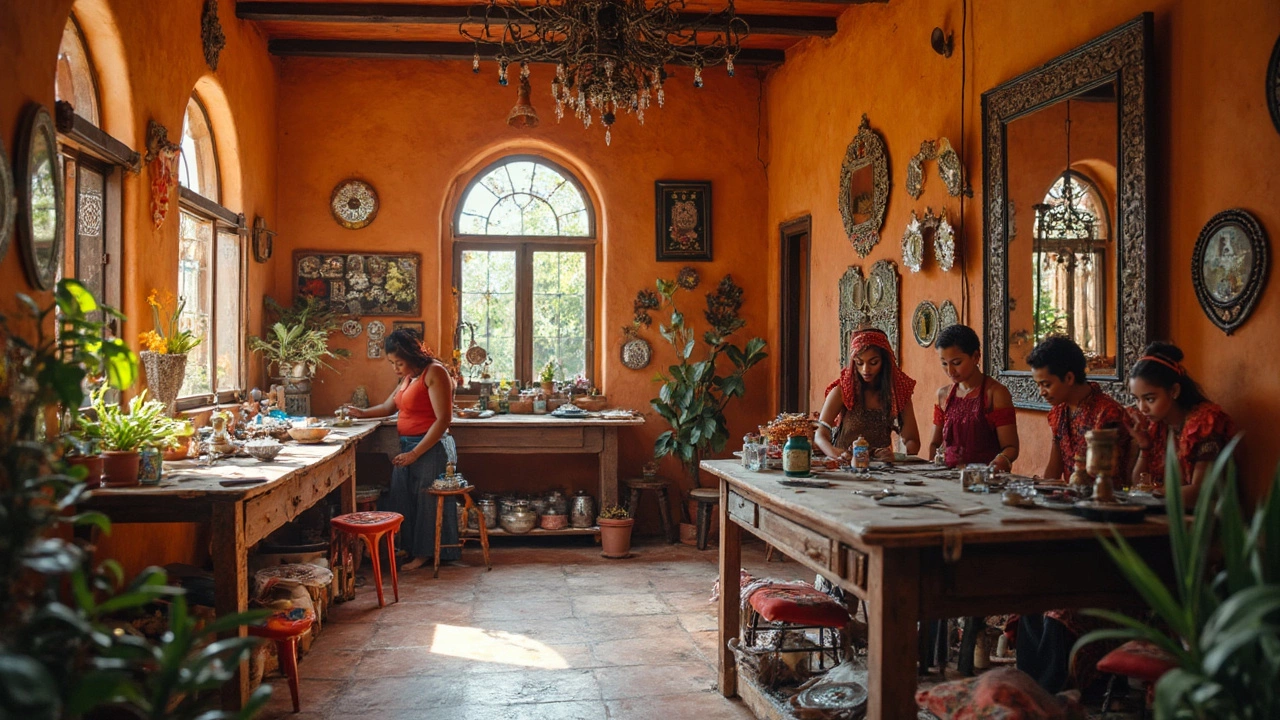
Mexican Mirrors: Unique Style, Craft, and Everyday Use
Curious about Mexican mirrors? These are not your typical wall mirrors—they're handmade pieces full of color and culture. Discover how they're made, their history, and tips for bringing their unique charm into your own space. Find out what sets them apart from regular mirrors. Whether you love home decor or just want something different, you'll find practical ideas for using Mexican mirrors at home.
View More